Since 1500, 150 species of birds have disappeared globally. Within these birds that have vanished, 132 have been classified as ‘Extinct’ within the wild, and some populations surviving in captivity. Although the reason for extinction can rarely be focused to a single cause, extinction most often occurs when new threats develop that are outside the evolutionary knowledge of species. Some of the extinct birds are given below :
1. Dodo Bird
The dodo is an extinct flightless bird. It was endemic to the island of Mauritius, east of Madagascar in the Indian Ocean. The dodo was about 1 metre tall and may have weighed 10.6–21.1 kg. The dodo ate nuts, seeds, bulbs and roots. The dodo might have eaten crabs and shellfish. The dodo’s appearance in life is evidenced only by drawings, paintings and written accounts from the 17th century.
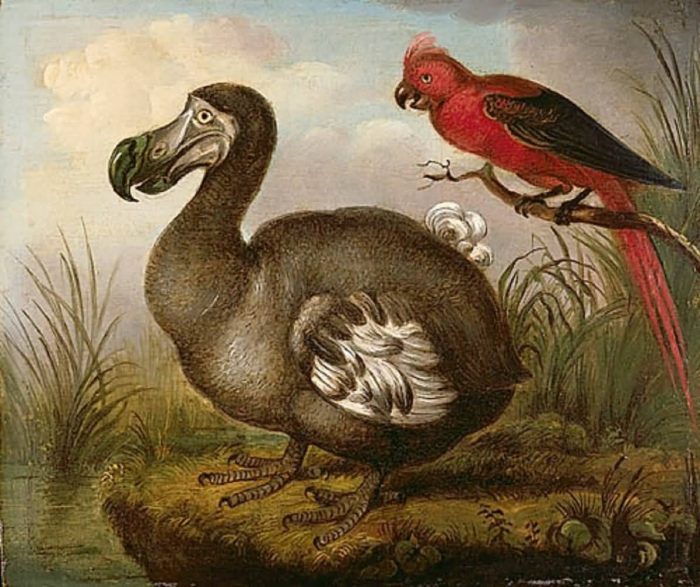
William Hodges /Public Domain | Dodo And Red Parakeet
2. Moas
The moa were nine species of flightless birds and endemic to New Zealand. The two largest species of moa was Dinornis robustus and Dinornis novaezelandiae, reached about 3.6 m in height and weighed about 230 kg. All these nine species of moa were the only wingless birds. Moa fed on a range of plant species and plant parts, including fibrous twigs and leaves taken from low trees and shrubs. The moa’s only predator was the massive Haast’s eagle. After that humans were hunted moa’s.
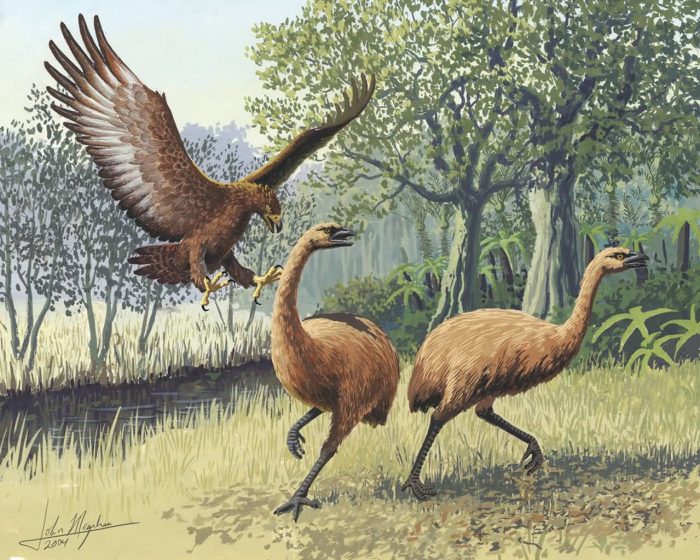
John Megahan /CC BY 2.5 | Giant Haasts Eagle Attacking New Zealand Moa
3. Mascarene Parrot
The Mascarene parrot or Mascarin is an extinct species of parrot that was endemic to the Mascarene island. The Mascarene parrot was 35 cm in length with a large red bill and long, rounded tail feathers. Very little is known about the Mascarene parrot in life. The parrot were eight and more species endemic to the Mascarenes but only the Mauritius parakeet has survived. The others probably all became extinct due to a combination of excessive hunting and deforestation.
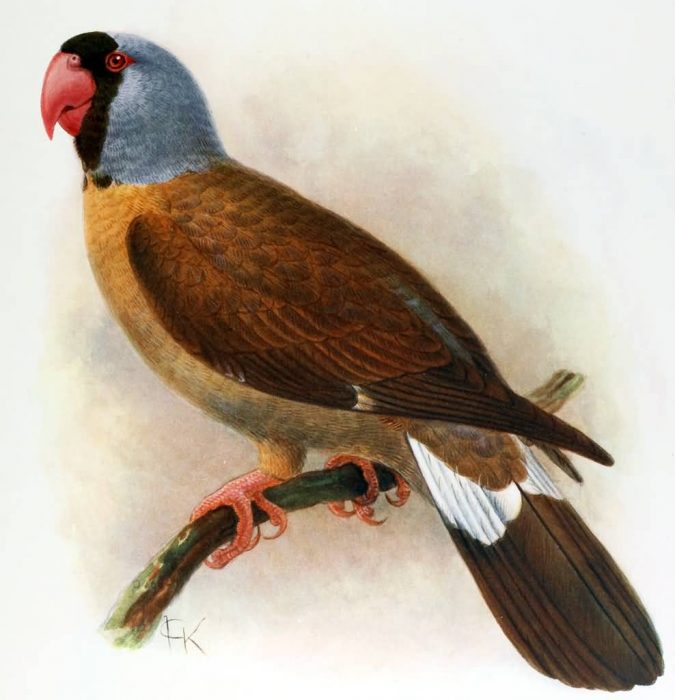
John Gerrard Keulemans /Public Domain | Mascarene Parrot
4. Kangaroo Island emu
Kangaroo Island emu or dwarf emu is an extinct bird. The species became extinct by about 1827. It is believed that this emu lived in the interior forest. The species extinction has been attributed to hunting and habitat clearance through burning.
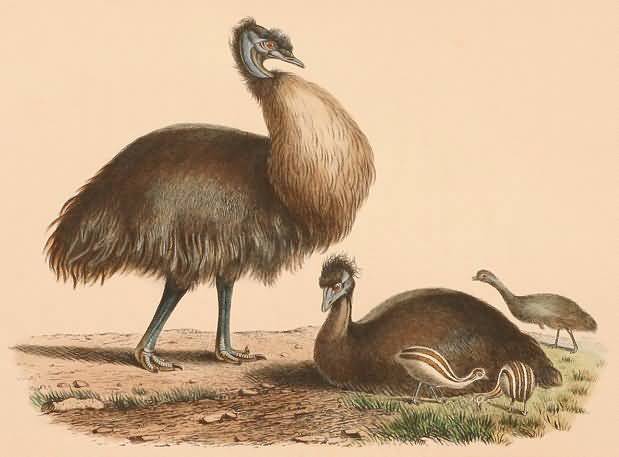
Henrik Gronvold /Public Domain | Kangaroo Island Emu
5. Laughing Owl
The laughing owl or the white-faced owl was an endemic owl of New Zealand. It was completely extinct by 1914. Its length was 35.5–40 cm and weight was around 600 grams. Males being smaller than females. The species was given its name because of this sound. The sound just like the barking of a young dog.
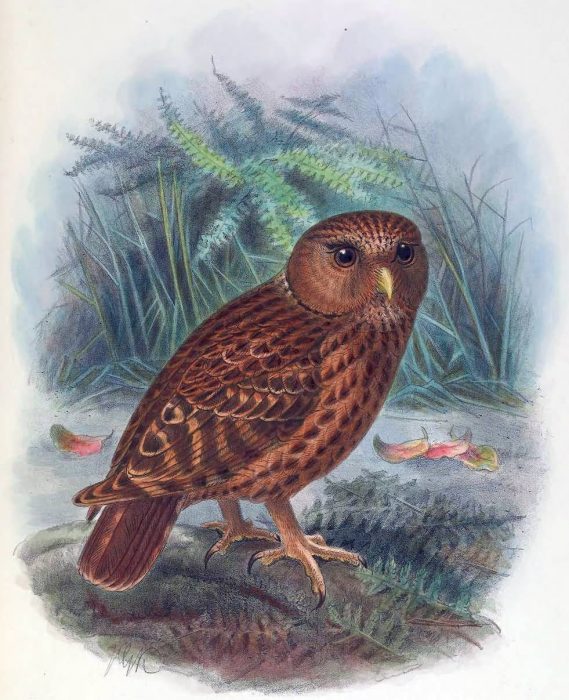
John Gerard Keulemans /Public Domain | Laughing Owl

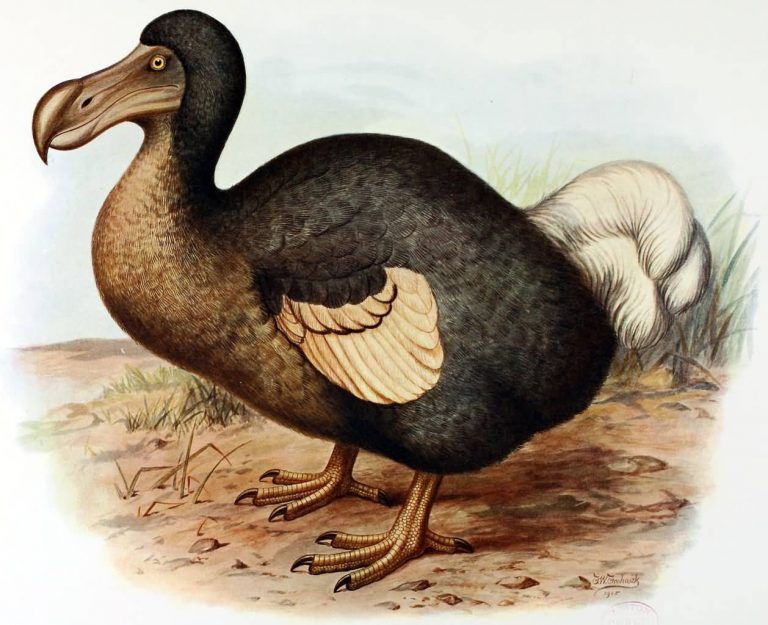

Connect with us